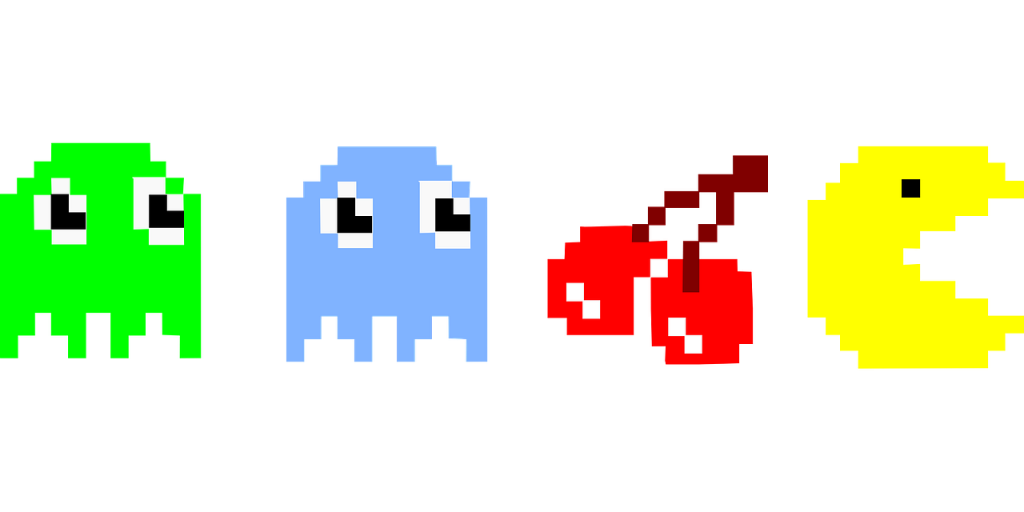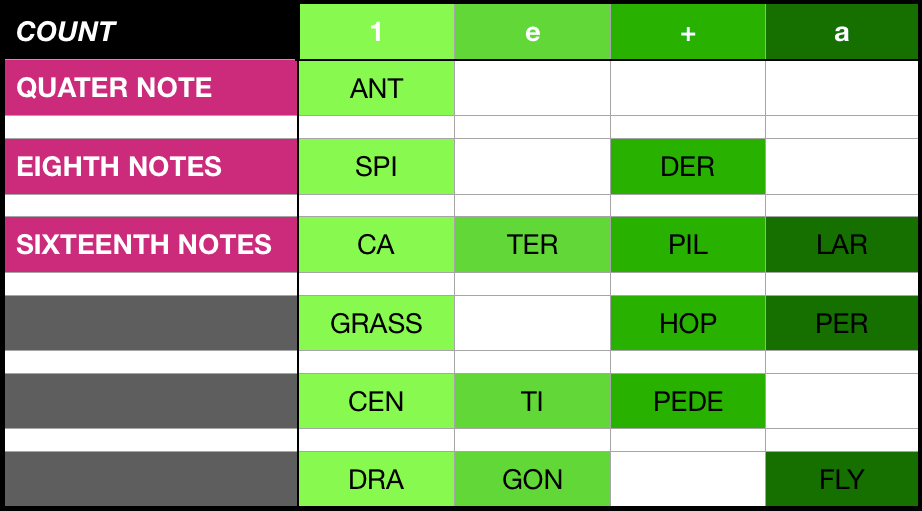HOW TO READ SHEET MUSIC AND RHYTHM
If you’re struggling with how to read sheet music, don’t be intimidated! We can use really simple tricks to help us figure these things out, particularly when it comes to reading rhythm.
Below is a quick guide to help you with how to read sheet music from a rhythm perspective! This lesson will be perfect if you’re a drummer looking to improve your basic reading skills!
I strongly believe in the connection between language and music, and thus rhythm. How? Simply put, languages use rhythmic patterns of stressed and unstressed syllables that we use without really noticing. So, when we pay attention to these rhythms, we can use them to our advantage!
CONTEXT IS EVERYTHING
Let’s start by using a steady pulse, as this will give context to all the notes we’ll read and play. I’d suggest you download a metronome app if you don’t have one already. Personally, I really like Tempo by frozen ape which you can get on iOS or Android.

A metronome helps us accurately determine the value of each note
READING MUSIC: IT’S A GAME, REALLY!
The goal of the game is to start each insect below at the same time as every click from the metronome. We’ll start slowly, setting our tempo to 60 BPM (Beats Per Minute).

Learning to read music is a game!
In order to get it right, ensure that each syllable we say (out loud) is evenly subdivided. We’ll be associating each word, in this case an insect, to a symbol. Be sure say it out loud, clap it, and play it in time!
CLAP IT, TAP IT, SAY IT, PLAY IT (BOP IT)
As I mentioned above, we can practice these rhythms by clapping, saying them out loud, playing them using your practice pad, cushion or even pillowcase practice pad.
3 BASIC RHYTHMS
Let’s start with the following three basic rhythms and assign them an insect.

Using insects to help us remember rhythms is a great learning aid!
Quarter notes, or crochets
If we split a bar of music into 4 quarters, we can fit 4 quarter notes in it. We’ll start with this premise, and say we can fit 4 single syllable insects inside it. So our quarter note insect is the Ant!

Eighth notes, or quavers
With these we can fit two syllables inside one word (beat). So we’ll call these Spider.

Sixteenth notes, or semiquavers
As sixteenth notes are 4 notes inside one beat, let’s fit 4 syllables inside one word and call them Caterpillar.

Once we have the basic rhythms above, how to read sheet music starts seeming less daunting! Again, we’re focusing primarily on rhythm, but this is half the battle!
The following PDF contains some exercises for you to try out. Note that sometimes you’ll see the following symbol.

This simply means a quarter (crotchet) rest which is the same duration as a quarter note, but we don’t play a sound.
Have a go at it, and see if you can get through all of them! It’s tons of fun, and you’ll definitely get better at how to read sheet music by going through all of ‘em.
Download it here
TAKE IT UP A NOTCH!
The next step is to actually start mixing these basic rhythms around in order to start creating new, more complex rhythms. Here are three fun, common ones we hear in music all the time, orchestrated (i.e. how they’re played) in obvious, or subtle ways.

Handy diagram to help better understand things
Grasshopper: one word, one long syllable followed by two short ones

Centipede: one word, three short syllables

Dragonfly: one word, one short syllable followed by a long one, then a short one

So, for this I’ve written a few exercises for you to have a go at to help you how to read sheet music. I’ve opted to keep them fairly simple as the idea is to develop your reading little by little rather than throw you into the deep end from the get-go!
Download the second part here
CONCLUSION!
There are, of course, more variations as well as rests to learn about! However I think these are great ones to get to grips with if you’re a beginner, or are looking for tips to get better at how to read sheet music. So, yeah, make it your own and fly with it!
Nick
Don’t forget to check out my drum lessons!
Also, check out my drum book for tons of creative ideas to help you freshen up your playing too!




0 Comments